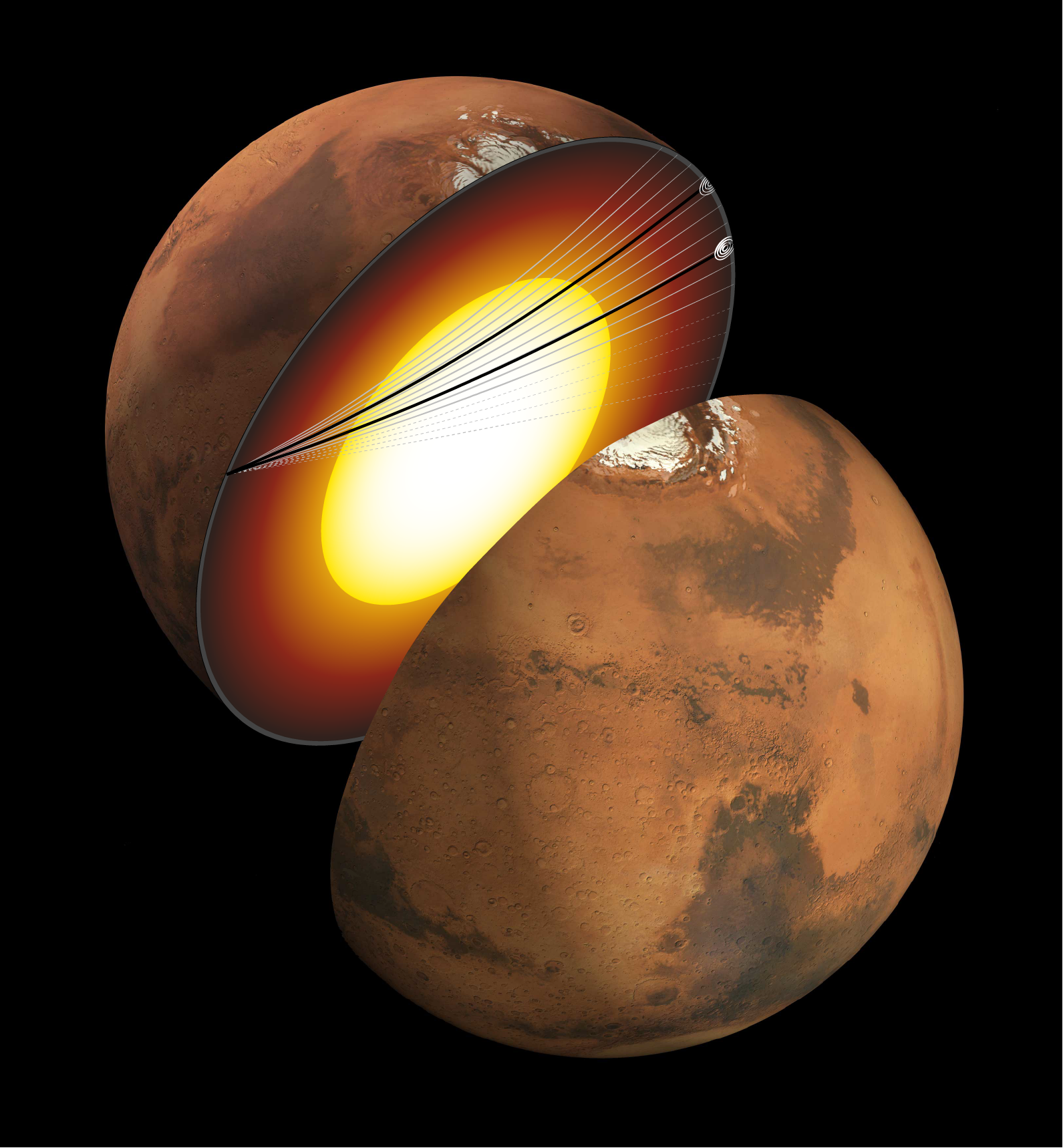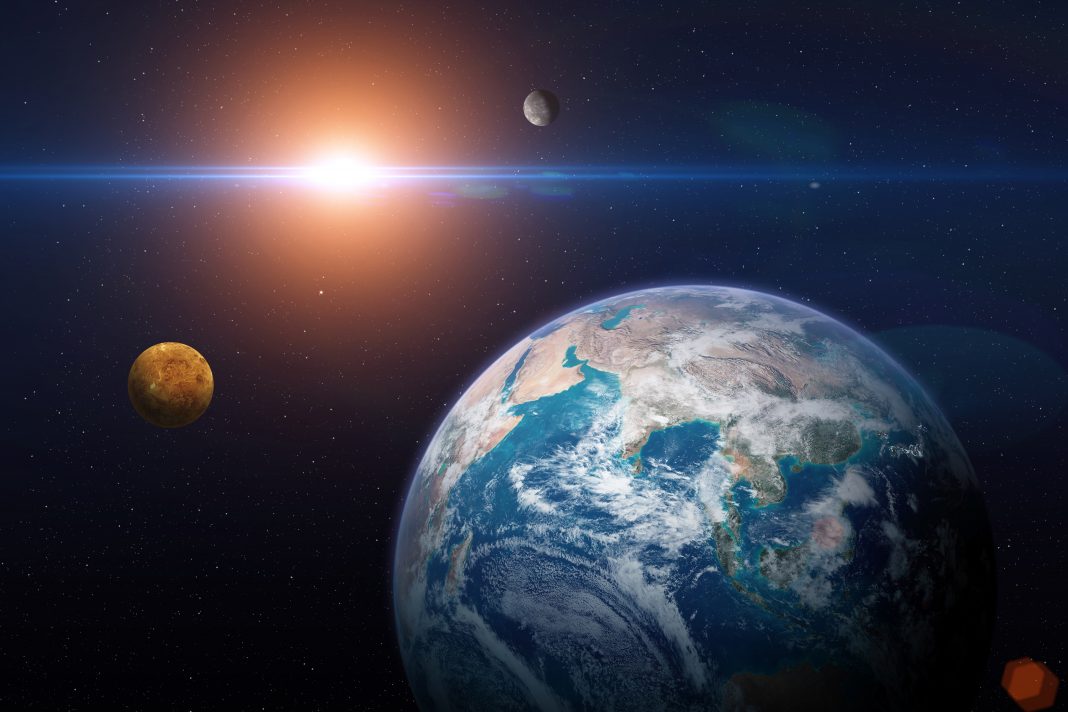How does Earth differ from Mars? Researchers observe seismic waves travelling through Mars to understand its formation – and why it sustains life differently
Seismic waves travelling through Mars’ core have confirmed scientists’ predictions of the core’s composition: that Mars has a liquid core rich in sulfur and oxygen.
A terrestrial planet, or rocky planet, is a planet that is composed primarily of silicate rocks or metals, like Earth and Mars. But what makes these two terrestrial planets so different?
In new NASA InSight research, we are beginning to understand how terrestrial planets form, evolve and potentially sustain life, using seismic data from Mars in comparison with the chemical composition of Earth.
The research team from the University of Maryland used the NASA InSight lander to measure the properties of Mars’s core – which are completely liquid iron-alloy core with high percentages of sulfur and oxygen.
“The end result of the formation and evolution processes can be either the generation or absence of life-sustaining conditions.”
Finding the geological differences between Earth and Mars
Overall, geological differences between Earth and Mars ultimately depict how the planets sustain habitability.
Where Earth’s seismic waves from earthquakes were affected by travelling through the core, seismic waves on Mars are different, as the centre of Mars is distinct from Earth.
To research this, the researchers tracked the progression of two distant seismic events on Mars through modelling estimates. One wave was caused by a ‘marsquake’ and the other, by a large impact and detected waves that travelled through the planet’s core.
By comparing the time taken for the waves to travel through Mars, in comparison to waves that stayed in the mantle, they combined this information with other seismic and geophysical measurements to estimate the density and compressibility of the material the waves travelled through.

The core of Mars has a different chemical composition
Mars’ innermost layer has a surprisingly large amount of light elements – elements with low atomic numbers – such as sulfur and oxygen, to which a fifth of the core’s weight is made up of.
This high percentage is sharply distinct from the comparatively lesser weight proportion of light elements in Earth’s core, which entails that Mars’ core is far less dense and more compressible than Earth’s core.
This difference provides different conditions of formation for the two planets.
For instance, Mars does not currently have a magnetic field. Scientists hypothesise this is because there was once a magnetic shielding like Earth’s core-generated field due to traces of magnetism lingering in Mars’ crust.
What does this core composition mean?
Mars most likely has a completely liquid core, unlike Earth’s combination of a liquid outer core and solid inner core.
This could mean that Mars gradually evolved to its current conditions, changing from a planet with a potentially habitable environment into an incredibly hostile one.
“It’s like a puzzle in some ways”
UMD Associate Professor of Geology Vedran Lekic, second author of the paper, said: “It’s like a puzzle in some ways.
“For example, there are small traces of hydrogen in Mars’ core. That means that there had to be certain conditions that allowed the hydrogen to be there, and we have to understand those conditions in order to understand how Mars evolved into the planet it is today.”
Unravelling the layers hidden beneath a planet’s surface
UMD Associate Professor of Geology Nicholas Schmerr, another co-author of the paper, said: “You can think of it this way; the properties of a planet’s core can serve as a summary about how the planet formed and how it evolved dynamically over time.
“The end result of the formation and evolution processes can be either the generation or absence of life-sustaining conditions.
“The uniqueness of Earth’s core allows it to generate a magnetic field that protects us from solar winds, allowing us to keep water. Mars’ core does not generate this protective shield, and so the planet’s surface conditions are hostile to life.”
This research is paving the way for future geophysics-oriented expeditions to other celestial bodies, including planets like Venus and Mercury.











